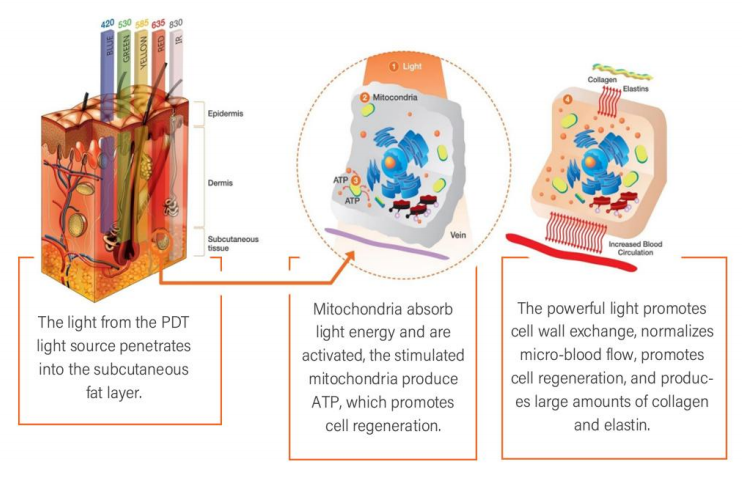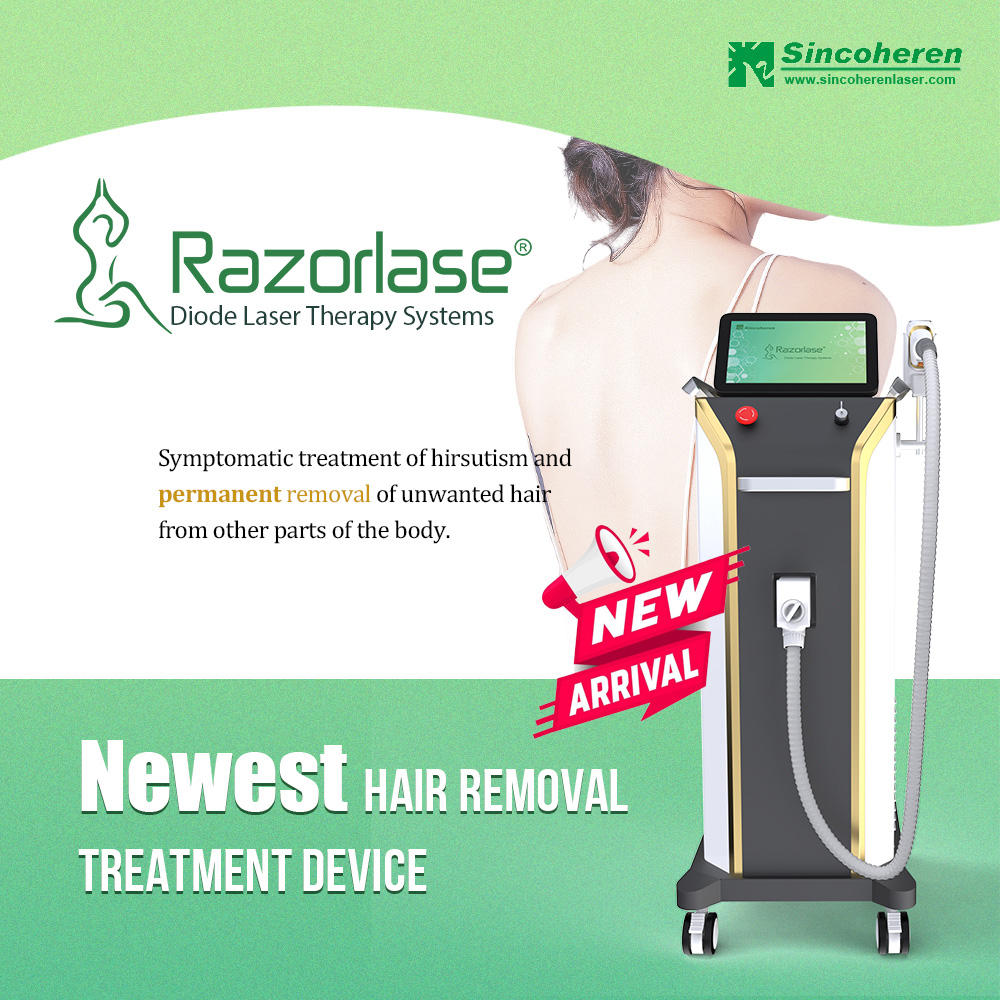Does LED therapy actually work for acne?
The mechanism behind LED light therapy
LED light therapy uses different colors of light, each with unique properties that benefit the skin. Red light is known for its anti-inflammatory effects, which promote healing and reduce acne-related redness. Blue light, on the other hand, targets the bacteria that cause acne, effectively killing Propionibacterium acnes and preventing future breakouts. Yellow light can help improve skin tone and reduce pigmentation, while infrared light can penetrate deeper into the skin, enhancing blood circulation and promoting overall skin health. These different wavelengths make led light therapy treatment a versatile option for treating acne.
The role of medical devices in LED therapy
The effectiveness of LED light therapy for acne treatment depends largely on the quality of the medical device used. Professional-grade devices, such as PDT machines LED light therapy, are designed to emit specific wavelengths of light at optimal intensities. These devices are typically used in clinical settings and can provide patients with more effective treatments than home-use devices. However, many home-use LED light therapy devices are also available, making it convenient for people to incorporate this treatment into their skincare routine.
Benefits of LED light therapy for the face
One of the main advantages of LED light therapy for the face is its non-invasive nature. Unlike traditional acne treatments, which may involve harsh chemicals or invasive procedures, LED therapy is gentle on the skin. Side effects for patients are minimal and it is suitable for a wide range of skin types. Additionally, face led light therapy can be combined with other treatments, such as topical medications, to enhance the overall effectiveness. This multifaceted approach can leave those struggling with acne with clearer skin and increased self-confidence.
Clinical Evidence Supporting LED Therapy
Numerous studies have explored the efficacy of LED light therapy for acne treatment. Studies have shown that patients who received regular LED treatments experienced significant reductions in acne lesions and inflammation. Combinations of blue and red light showed particularly promising results, with many participants reporting clearer skin after a series of treatments. While individual results may vary, clinical evidence supports the idea that LED light therapy can be an effective option for treating acne.
Safety and Precautions
While professional led light therapy is generally considered safe, it is essential to consult a healthcare professional before starting any new treatment. People with specific skin conditions or sensitivities should discuss their options with a dermatologist to ensure that LED therapy is appropriate for their needs. Additionally, when using home LED devices, it is critical to follow the manufacturer's guidelines to avoid potential adverse effects.
Conclusion: A viable option for acne treatment
In summary, LED light therapy offers a promising solution for those seeking an effective treatment for acne. This treatment uses multiple wavelengths, including red, blue, yellow, and infrared light, to address multiple aspects of acne, from inflammation to bacterial growth. Whether using a professional PDT machine LED light therapy or an at-home device, people can benefit from this innovative approach. As always, it is recommended to consult a skincare expert to determine the best treatment plan for your unique skin concerns.




































